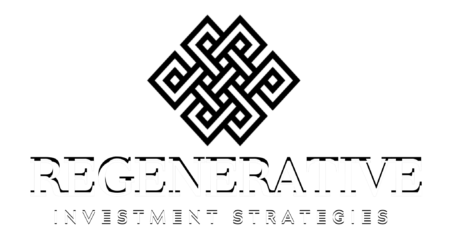Plenty of ink has been spilled already on the implications of a US retreat from the commitments under the Paris Agreement, and politicians from both sides of the aisle have had plenty to say for and against the move. The best we can recommend is to read the agreement itself and draw your own conclusions about its viability and advisability.
In terms of leadership in the US, we are finding cooperation on the climate in some unexpected places, although with only limited real impact so far. You can find a list of strange bedfellows in the Climate Solutions Caucus, a bipartisan Congressional group that “…will serve as an organization to educate members on economically-viable options to reduce climate risk and protect our nation’s economy, security, infrastructure, agriculture, water supply and public safety”. If you are a constituent or a business leader, call your Congressperson and express your support for at the very minimum working from a common set of facts and understanding.

